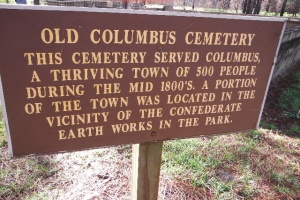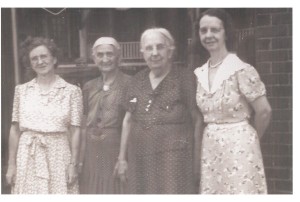Here we go again. 2014 gave way to 2015 and I am no closer to becoming a consistent genealogist, a consistent blogger nor am I any closer to unraveling my family’s mysteries. Sound familiar? And now it’s August, 2015 and I have no idea where this year has flown to.
I once watched an Alan Alda movie called “Same Time Next Year”. The general story was that he met a woman at a resort/motel, fell in love, he was married, she was married, but they made a plan to meet at the same place, same time every year for their annual fling. So every year they met, every year a little different with each other and every year vowing to meet again the next year.
Well, this sounds like my commitment to my genealogy. Every year I get juiced up, make the right overtures for awhile and then fade away until the next year. So how can I and a lot of family historians keep going, making progress and not get sidetracked so easily?
First I think you have to write it down. Make yourself a note about your goals, post it on the refrigerator just like your diet goals and look at it every time you open the door. Everyone goes in the refrigerator at least once a day. Sometimes twice.
Tell someone what you plan. No, not the checkout girl at the grocery store. She doesn’t care. Tell someone who you talk to often, someone who will ask you about it and hold you accountable. You will get so tired of telling them, “no I haven’t had time”, that you will make time and get going.
Find a few new websites that you haven’t spent much time on but have bookmarked to get to “later” and make an appointment with yourself for a time and day that you can be online for a few hours. Wander around the sites, have some fun with your surnames and you will have good luck.
Go to your local library and check out their reference section. They may not have anything you need but the practice of researching is good exercise.
If there’s an LDS Library near you (and I am hoping there is) take some notes with you and go spend the afternoon going through their subscribed sites that you don’t own. A minor tidbit that you may find will whip you back up into a frenzy of action.
These are only a few ideas. I know there are dozens of inspiring tricks to get you going and keep you going. I think that’s good advice. I think I’ll take it.








